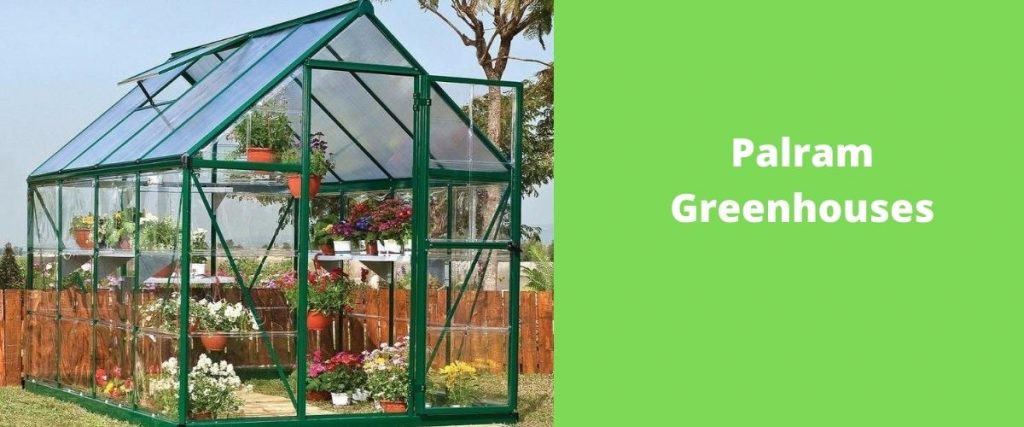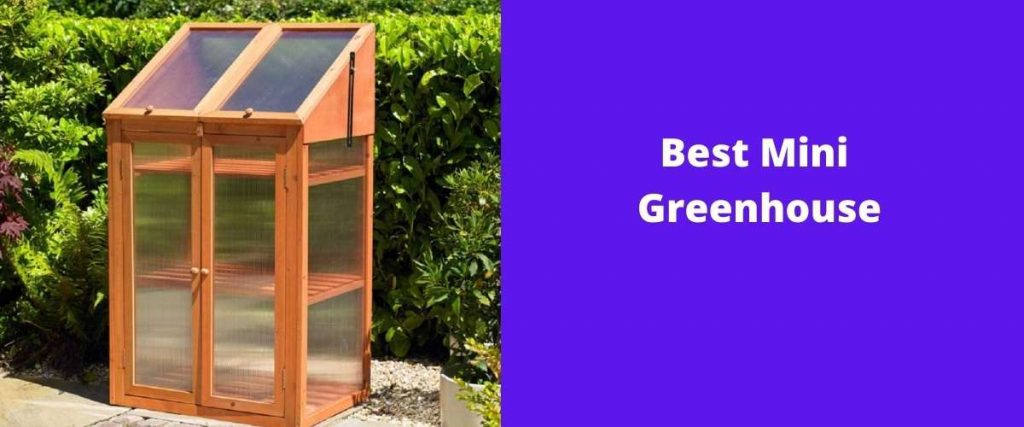Growing veggies in a greenhouse allow you to eat delicious vegetables even when they aren’t in season. Greenhouse gardening has several advantages that go beyond those of traditional gardening.
Whether you pick a basic greenhouse or a more sophisticated one, you will benefit from some excellent features. Greenhouse farming is a unique agriculture method that involves growing crops in protected buildings that are partially or completely transparent.
The major goal of greenhouses is to offer optimal growth conditions for crops while also protecting them from inclement weather and insects.
Humidity and temperature may be regulated in greenhouse farming. In greenhouse farming, the amount of water delivered to crops may also be controlled.
Growing Conditions in Greenhouse Farming (Vegetables)
- Light and Glazing: The outer surface of a building that lets light in is known as glazing. Glass, vinyl, fiberglass, polycarbonate, acrylic, and polyethylene are just a few of the options.
- Temperature: Plants cannot survive temperatures above 85 degrees Fahrenheit. They cease growing, lose flowers, and can’t bear fruit beyond this temperature. And 50-60°C is the optimal low temperature for most plants; otherwise, cold-related issues may arise.
- Ventilation: On bright sunny days, sufficient ventilation is essential to keep the heat down. A system that delivers a cross-flow of air will maintain your plants at a comfortable temperature. Automatic vent openers are available and may be used to open vents automatically. Another alternative is to use cooling fans. The rule for both fans and vents is to put them high to achieve a lot more efficient air circulation.
- Humidity: A greenhouse may get highly humid, particularly in the winter when there is no outside air circulation, and illnesses can thrive under high humidity. Because of the high humidity, condensation can develop on the greenhouse walls, obstructing light and solar heat. Water early in the day, only as required, circulates using fans or vents to control humidity.
- Heating: Sun-based heat works for a large portion of the year; however, this dependence may not be sufficient during the gloomy winter days, depending on your closeness to the equator. A supplementary heater will give you more control over the temperature in the winter. Seek professional assistance in determining how many heaters your greenhouse requires.
- Pollination: Insect pollinators are unable to visit greenhouse plants due to the greenhouse’s confined atmosphere. Plants that are pollinated by weather conditions such as wind will also be difficult to grow. Manual pollination can be done in several ways. Another option is to seek vegetable seed types that will set fruit without pollination.
Plant Selection: 6 Suitable Plants for Greenhouse
1. Cucumber
Iron, sodium, potassium, magnesium, calcium, and zinc are all abundant in cucumbers. This veggie is also high in vitamin B, which boosts metabolism and gives you extra energy. It contains many vitamins C, which helps to strengthen the immune system and combat common colds. Cucumber removes cholesterol from the body and delays the aging process.
2. Lettuce
This low-calorie green is full of bright vitamins and is wonderful on a summer salad or even to give a nutritious layer to a burger. It contains vitamin A, a potent antioxidant.
3. Peppers
Peppers are another low-calorie item that may be used to add flavor and nutrition to your diet. It contains vitamin E, which helps to slow down the aging process. B6 in peppers keeps your neurological system in good shape and helps your cells regenerate.
4. Spinach
The advantage of spinach is that it grows quickly and generates a large number of harvests. It’s high in antioxidants, as well as iron, minerals, and vitamins. It is one of the best green vegetables you can produce in a greenhouse with a long list of essential vitamins. It also protects against heart disease, aids digestion, and reduces cholesterol.
5. Carrots
Although they may be grown outside of a greenhouse, it is better to germinate the seeds inside a greenhouse away from the cold. Carrots include vitamins that can help prevent glaucoma and damage to the optic nerve. Carrots can also help prevent you from cancer, particularly colon cancer.
6. Spring Onion
Sowing seeds in a pot is the most convenient way to cultivate these veggies, and if kept in the correct climate, one-pot may produce dozens of onions in no time. These tiny green leaves contain antioxidants as well as vitamin K, which keeps bones strong.
Why Should you Grow Vegetables in Greenhouse?
If you create your greenhouse, your plants will no longer be reliant on weather conditions or patterns. Even if the seeds you wish to plant in the garden would not survive in the open air, they can take root and thrive in the greenhouse.
The benefit of owning a greenhouse is that you may employ various ways to maintain a consistent temperature.
You will be able to give less stress to the plants. In addition, you’ll encourage significant growth early in the year. You may also utilize heating fans and heaters that have been developed by humans.
Greenhouse farming also allows you to produce flowers and fresh crops that would otherwise be impossible to grow in your environment.
As a result, you’re more likely to offer your crops with the greatest possible growing conditions. You can keep pests away from your crops by growing them in a greenhouse.
You can always control what comes in and what leaves a greenhouse. Additionally, this atmosphere will aid in the protection of your crops from extremes, pests, and disease.
You can reduce the likelihood of pests and insects wreaking havoc on your plants.
Conclusion
When you create a greenhouse, you may easily adapt it to meet your specific needs. As a result, you may select a greenhouse compatible with the plants you want to cultivate.
Compared to conventional gardening, it is feasible to preserve energy sources such as water while utilizing a greenhouse since these energy sources are more readily managed.
Using a greenhouse is about changing lifestyles and living a more ecologically friendly existence.


